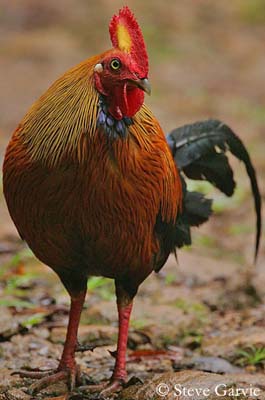
Bird’s legs and feet: different shapes
Page 2
Show me your legs, I will know where you are living!
Text by Nicole Bouglouan
Photographers:
Didier Buysse
Vision d’Oiseaux
Alfredo Colón
Puerto Rico Wildlife
Steve Garvie
RAINBIRDER Photo galleries
Tom Grey
Tom Grey's Bird Pictures
Bob Moul
Nature Photography
Philippe et Aline Wolfer
GALERIE
Nicole Bouglouan
PHOTOGRAPHIC RAMBLE
Sources:
HANDBOOK OF THE BIRDS OF THE WORLD Vol 2 by Josep del Hoyo-Andrew Elliot-Jordi Sargatal - Lynx Edicions - ISBN: 8487334156
Wikipedia (Wikipedia, The Free Encyclopedia)
Galliformes are more terrestrial than aerial birds, but they can fly. Usually, these birds prefer to run if threatened, rather than fly for escape the predators.

They have robust legs made for walking. The feet have four toes, three forwards and one backwards, equipped with strong claws.
They often scratch the ground to catch insects and earthworms.
Males show one spur on the rear leg, slightly above the level of the other toes. Spurs might play a role in courtship displays, and are used during combats between males.
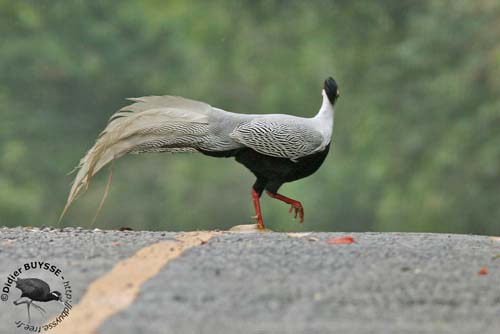
Waders (or shorebirds) have long or very long legs. We find different types of waders. Usually, they live in wet areas where they find food and nesting-sites.
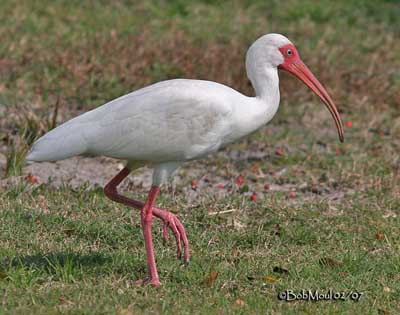
Several species such as herons, egrets, spoonbills, ibises and flamingos feed mainly on aquatic preys and the long legs help them to forage in shallow or deeper water, according to the season and the species. However, they often may be seen on the ground where they hunt for rodents or insects.
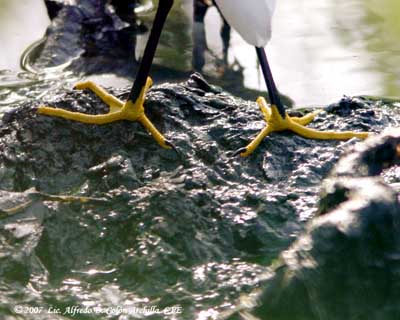
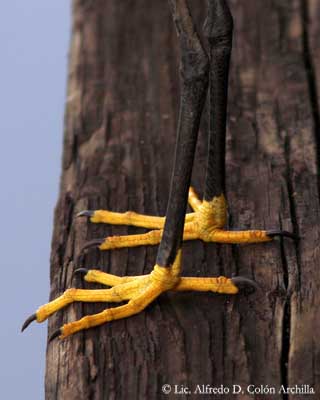
In addition, they have long, slender, flat toes. This foot-shape allows them to walk easily in muddy areas without to sink into the mud or the sand but also on slippery rocks where they keep their balance.
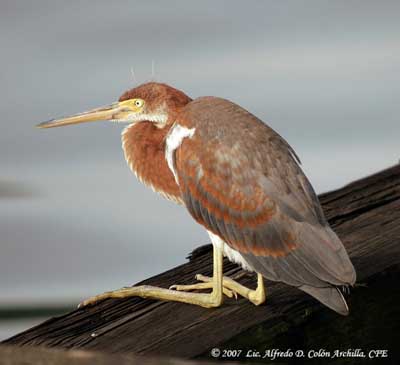
Other larger species such as cranes and storks can be found in both wet and drier areas. They usually forage mainly in cultivated areas and drier fields, but they also can be seen in ricefields, marshes or along the shores and the river banks.
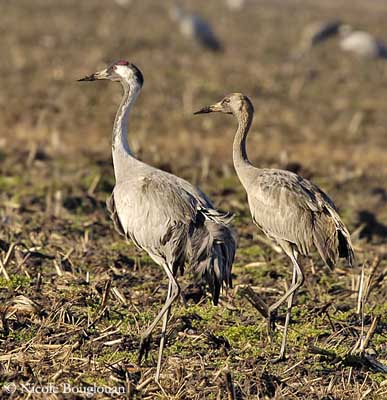
They have robust, long legs and feet equipped with long, strong toes. They are able to walk as well in harvested fields as in shallow or deeper water, according to the range.
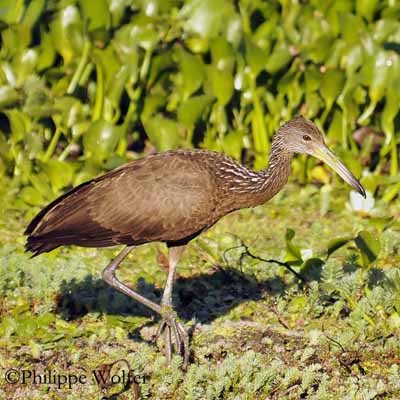
And finally, we find the waders or shorebirds with shorter legs, such as the species feeding on aquatic invertebrates in wet areas, shorelines, shallow water or coastal waters and rocky shores.
Waders’ size varies from small sandpipers of about 10-12 cm long, to curlews which may reach about 65 cm long.
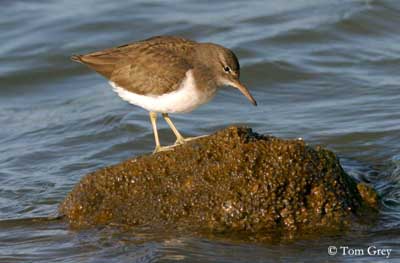
Non-breeding adult
As the different bill’s shapes, the different leg’s sizes allow each species to forage in various areas, avoiding the competition between them.
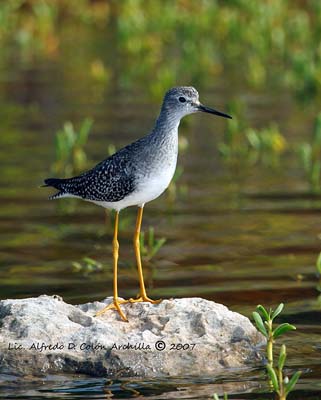
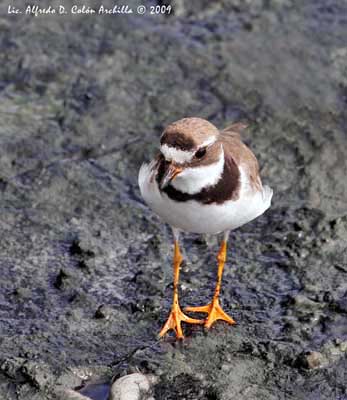
Some of these birds have partially webbed feet. Others have only two toes joined by a small membrane at the base. The rear toe is usually slightly higher than other toes.
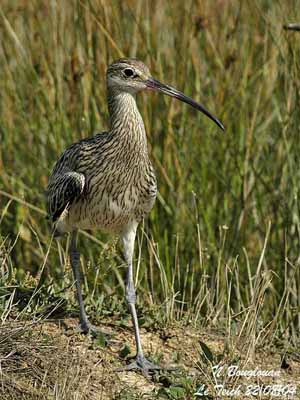
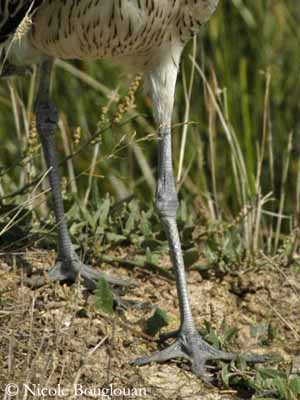
All these species are usually found close to fresh or salt waters, in various types of wet areas with water, mud, sand and vegetation. The long legs with the slender toes make easier to forage as well into the water where the legs resemble aquatic plants for fish and amphibians living under water, as on the ground where the bird may forage among tall grasses or in sandy or muddy areas.